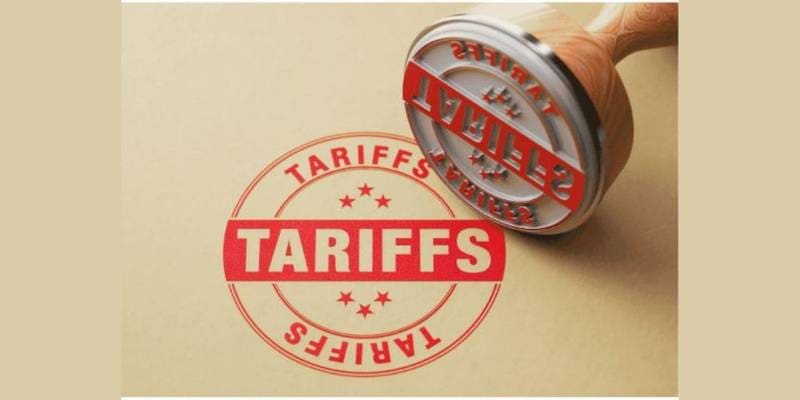Free trade has fallen out of favour globally, with increasing barriers hindering globalisation. The World Trade Organization’s ineffectiveness and the rise of bilateral deals have created a fragmented global market. In 2019, India announced a significant shift in its trade policy. It turned away from the Regional Comprehensive Economic Partnership (RCEP) and pursued free-trade agreements (FTAs) with Western and West Asian economies.
India’s decision to leave the RCEP can be partly attributed to disappointing results from its previous FTAs with ASEAN, South Korea, and Japan. According to a Global Trade Research Initiative report, India’s merchandise deficit with these partners grew substantially, with imports outpacing exports. Asymmetric tariff reductions and compliance costs limited the benefits for Indian exporters, leaving them at a disadvantage in target markets.
The mismatch in enthusiasm and high market protection in India suggests a need for reevaluating tariff policies. Reducing barriers would address trade gaps with FTA partners, attract global value chains (GVCs), and minimise input costs. Amidst evolving trade patterns and suboptimal deals, low-tariff economies remain better positioned for global integration.
The Indian government’s focus on reducing friction, improving logistics, and boosting exports provides a compelling case for reversing the trend of tariff escalation. By embracing lower tariffs, India can enhance its competitiveness and seize opportunities in the rapidly changing global trade landscape.

